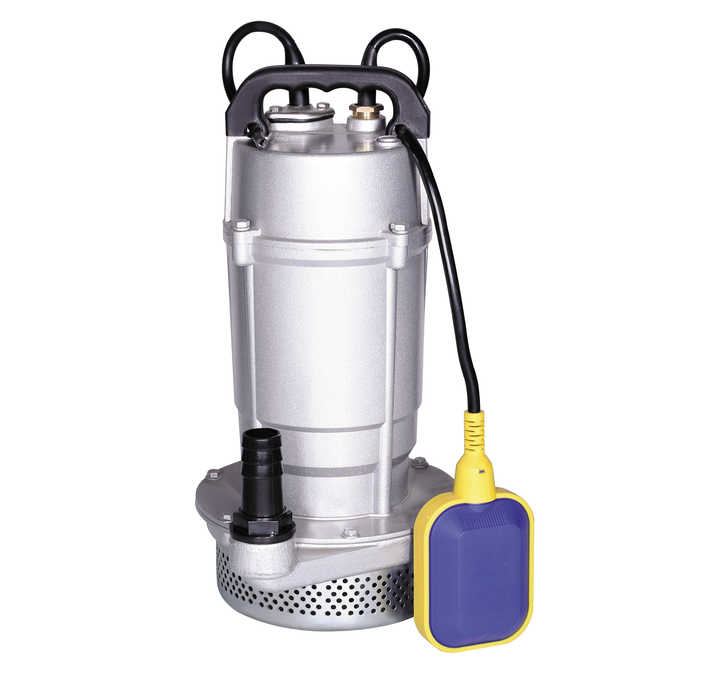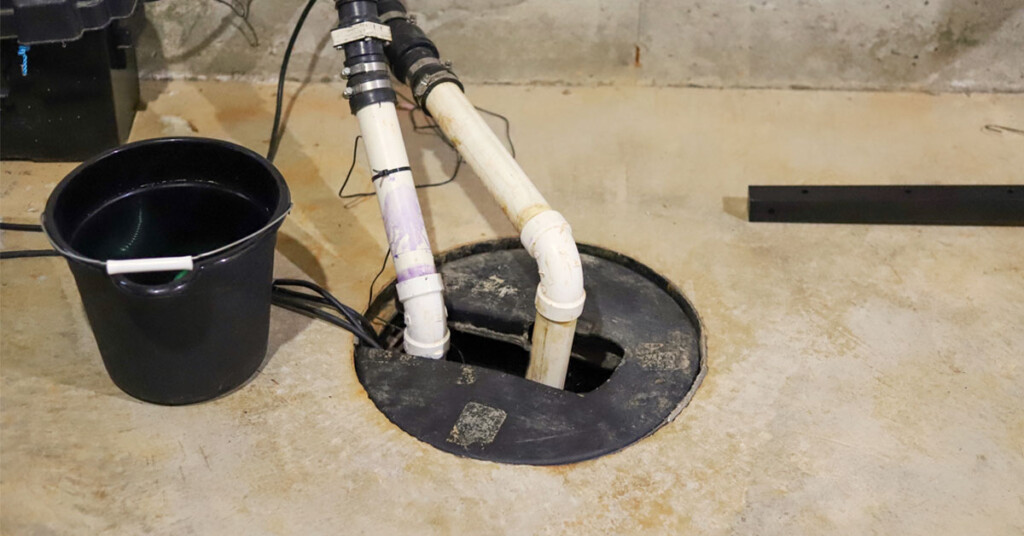Everyone has got their own unique opinion with regards to Cleaning & Maintenance Tips for Your Home's Sump Pump.

Sump pumps are vital parts in numerous homes, specifically in locations prone to flooding or too much moisture. They assist stop water damages by efficiently eliminating excess water from cellars or crawl spaces. Nonetheless, like any other device, sump pumps call for normal maintenance to ensure they operate effectively when required the most. Cleansing your sump pump is an essential part of its upkeep, and recognizing just how to do it properly can conserve you from pricey fixings and potential catastrophes.
Introduction
Keeping a tidy sump pump is essential for its proper performance and durability. Disregarding this essential task can result in obstructions, malfunctions, and ultimately, water damage to your residential or commercial property. Consequently, finding out exactly how to clean up a sump pump is important for property owners who rely upon these gadgets to keep their cellars completely dry and secured.
Indicators of a Dirty Sump Pump
Knowing when your sump pump requires cleaning is essential for preventing possible breakdowns. Some typical signs that suggest a dirty sump pump include unusual noises during operation, minimized water flow, and visible debris in the pit. If you notice any one of these signs and symptoms, it's necessary to cleanse your sump pump without delay to prevent any kind of further issues.
Preparing for Cleaning
Prior to you begin cleaning your sump pump, it's essential to take some security precautions. Start by turning off the power to the pump to avoid any electrical crashes. In addition, put on ideal safety equipment, such as gloves and safety glasses, to safeguard on your own from dust, particles, and potential pathogens.
Comprehending the Sump Pump
Before diving into the cleansing process, it's essential to have a standard understanding of just how a sump pump functions. Typically installed in a pit or basin listed below the cellar floor, a sump pump contains several crucial components, consisting of a pump, a float button, and a discharge pipe. When water builds up in the pit, the float button activates the pump, which then pumps the water out through the discharge pipeline, far from the building's foundation.
Step-by-step Guide to Cleaning Up a Sump Pump
Shutting Off the Power
Begin by separating the power supply to the sump pump to avoid any type of mishaps while cleansing.
Looking For Correct Functioning
Prior to re-installing the pump, perform a quick test to make sure that the float button turns on the pump appropriately. Put some water into the sump pit and observe the pump's operation. If whatever is functioning appropriately, you can reconstruct the pump and reconnect the power supply.
Removing Debris and Dust
Use a pail or an inside story to eliminate any type of visible debris, dust, or sediment from the sump pit. Dispose of the debris appropriately to stop it from blocking the pump or the discharge pipeline.
Cleaning the Pump and Drift Switch
As soon as the pit is free from debris, carefully eliminate the pump from the pit. Examine the pump and the float switch for any type of signs of damages or wear. Make use of a soft brush or fabric to cleanse the surfaces and eliminate any built up crud.
Flushing the System
After cleaning the pump and float switch, purge the sump pit with tidy water to eliminate any continuing to be dust or debris. This will certainly help make certain that the pump operates smoothly and effectively.
Maintenance Tips to Maintain Your Sump Pump Clean
Along with periodic cleansing, there are a number of maintenance ideas you can comply with to maintain your sump pump in optimal condition:
Final thought
Cleaning your sump pump is a vital facet of its upkeep and makes certain that it operates properly when you need it one of the most. By complying with the actions outlined in this guide and including regular maintenance right into your regimen, you can extend the life expectancy of your sump pump and shield your home from water damage.
6 STEPS ON HOW TO CLEAN A SUMP PUMP PROPERLY
UNDERSTANDING SUMP PUMPS
Your sump pump plays a crucial role in protecting your home by managing and removing excess water. It primarily functions as a “shield”, guarding your basement against the damaging effects of water accumulation. The pump is housed in a sump pit in the lowest part of your basement, and its job is to pump out any water that collects there.
During heavy rainfalls or when snow melts rapidly, water can infiltrate your basement, posing potential risks like flooding, structural damage, and harmful mold growth. Here, the sump pump springs into action, pumping out the intruding water and directing it away from your home.
SAFETY FIRST
Before cleaning, remember to prioritize safety. Disconnect the sump pump from the power source to prevent any accidental electric shocks. Also, wear sturdy gloves to protect your hands from any sharp or dirty components within the pump.
REMOVE THE SUMP PUMP
After ensuring your safety, the next step is to remove the sump pump from its pit. Doing this might require careful maneuvering as you don’t want to damage any pump components. Once removed, clean the sump pit to remove any accumulated debris or sludge.
INSPECT THE PUMP
Inspect the pump for any visible signs of wear or damage. Check the power cord, float switch, and impeller housing. If any components look worn out or damaged, consider replacing them to ensure optimal performance.
CLEAN THE PUMP
Thoroughly clean the pump with warm, soapy water. Make sure to rid it of any dirt, gravel, or other debris that might impede its performance. You can use a toothbrush to clean the small, hard-to-reach parts of the pump.
REINSTALL THE SUMP PUMP
Reinstall the pump into the sump pit Make sure it’s positioned correctly to remove the water effectively Once it’s back in place, reconnect it to the power source TEST THE PUMP
Finally, pour some water into the pit to ensure the pump works correctly. It should start automatically and begin pumping out the water; if it doesn’t, check the power source and the positioning of the pump.
Remember, while cleaning your sump pump is an essential part of home maintenance, hiring a professional plumber for a thorough inspection and cleaning at least once a year is also important. This will ensure that your pump is in optimal condition, ready to protect your home from potential water damage.
BEST PRACTICES FOR CLEANING SUMP PUMP DISCHARGE PIPES
Regular Inspection: Regularly inspect your discharge pipes, especially during heavy rainfall or snowmelt periods. Look for any signs of blockage or damage. Early detection of problems can prevent serious issues down the line. Periodic Cleaning: Over time, sediment and debris can accumulate in the discharge pipes, impeding the flow of water. Regular cleaning helps keep the pipes clear and functioning efficiently. You can use a high-pressure water jet to effectively clean the pipes. Insulation During Winter: In colder climates, discharge pipes can freeze, blocking the outflow of water. Protect your discharge pipes from freezing temperatures by insulating them with foam pipe insulation. This will ensure the sump pump can continue to discharge water even in freezing conditions. Proper Positioning: The discharge pipe should be positioned to direct water away from your home’s foundation. Improper positioning can lead to water seeping back into the basement. Ensure the pipe is long enough and angled correctly. Installation of a Check Valve: A check valve prevents water from flowing back into your sump pit after the pump has pushed it out. Installing a check valve helps maintain the efficiency of your sump pump and reduces the risk of flooding. Minimize Pipe Turns: Every curve or turn in the discharge pipe can decrease the efficiency of water flow. By minimizing turns and bends in your discharge pipe, you can increase the efficiency of your sump pump. https://www.fullspeedplumbing.com/how-to-clean-a-sump-pump-properly9999/

We hope you enjoyed reading our article on How To Effectively Clean A Sump Pump. Thank you so much for spending some time to read our piece. Do you know about anybody else who is inquisitive about the subject? Why not promote it. We thank you for your readership.
Source This Article